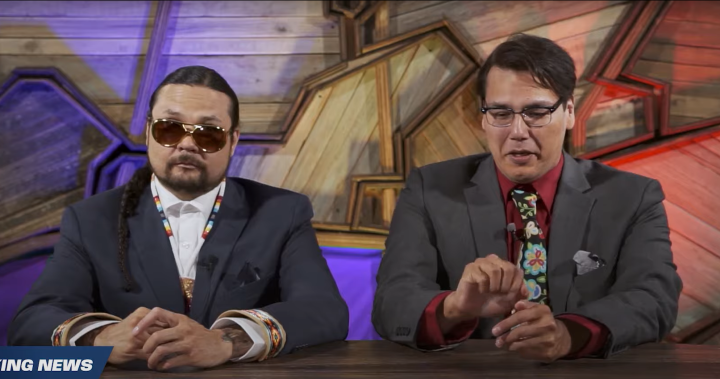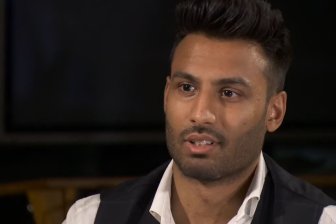The Canadian Radio-television and Telecommunications Commission (CRTC) is currently immersed in the first phase of reshaping the Canadian broadcasting landscape through the implementation of Bill C-11, known as the Online Streaming Act. As the two-week public hearing unfolds, diverse voices are emerging, with Indigenous media players hoping the bill will result in more equal opportunities.
Ryan Moccasin, owner of The Feather Entertainment, expressed optimism about the ongoing renaissance in Indigenous storytelling. “Our voices are being lifted by the industry,” he remarked. “We have seen success with shows like ‘Reservation Dogs’ and ‘Little Bird.’ It is an upward trajectory, and I see a lot of people that look forward to the stories we have to share.”
However, Moccasin stressed the need for increased funding and capacity building to support newcomers striving to break into the industry. “I see a lot of people interested in the industry,” he noted. “More funding and more capacity building is what we need to support all of those trying to break into the industry.”
Kerry Swanson, CEO of the Indigenous Screen Office, emphasized the pressing need to move away from the perpetual struggle for funding. “We shouldn’t be constantly in this precarity proving why we should receive this funding,” Swanson said. “Making the case for our existence should not be our continual battle.”
Mike Omelus, executive director of APTN, voiced support for the commission’s proposal regarding contributions from online undertakings to support the Canadian broadcasting system. “APTN also supports the commission’s proposal that online undertakings make an initial base contribution,” Omelus said. “All undertakings, including foreign ones, should contribute in an appropriate manner to support broadcasting policy objectives.”
More on Canada
While the bill identifies Canadian content through three pillars – English, French, and Indigenous content – some Indigenous creators find this distinction limiting. Moccasin expressed concerns, stating, “They talked about the difference between Indigenous content and Canadian content, well they are the same thing.”
The hearings, hosting a total of 122 speakers, continue until the end of next week. The government’s objective with the Broadcasting Act amendments is to support Canada’s creative industries and make Canadian music and stories widely available and accessible in the digital age.
The CRTC’s phased approach aims to modernize Canada’s broadcasting framework and ensures online streaming services, such as Netflix, Disney+, and Spotify, make meaningful contributions to Canadian and Indigenous content. The commission emphasizes the importance of public participation in shaping these crucial decisions.
As the debate unfolds, Indigenous creators like Moccasin remain determined to secure a more inclusive and supportive environment for their stories. The hope is to ensure that Indigenous content receives the recognition and backing it deserves within the broader scope of Canadian content.
© 2023 Global News, a division of Corus Entertainment Inc.



